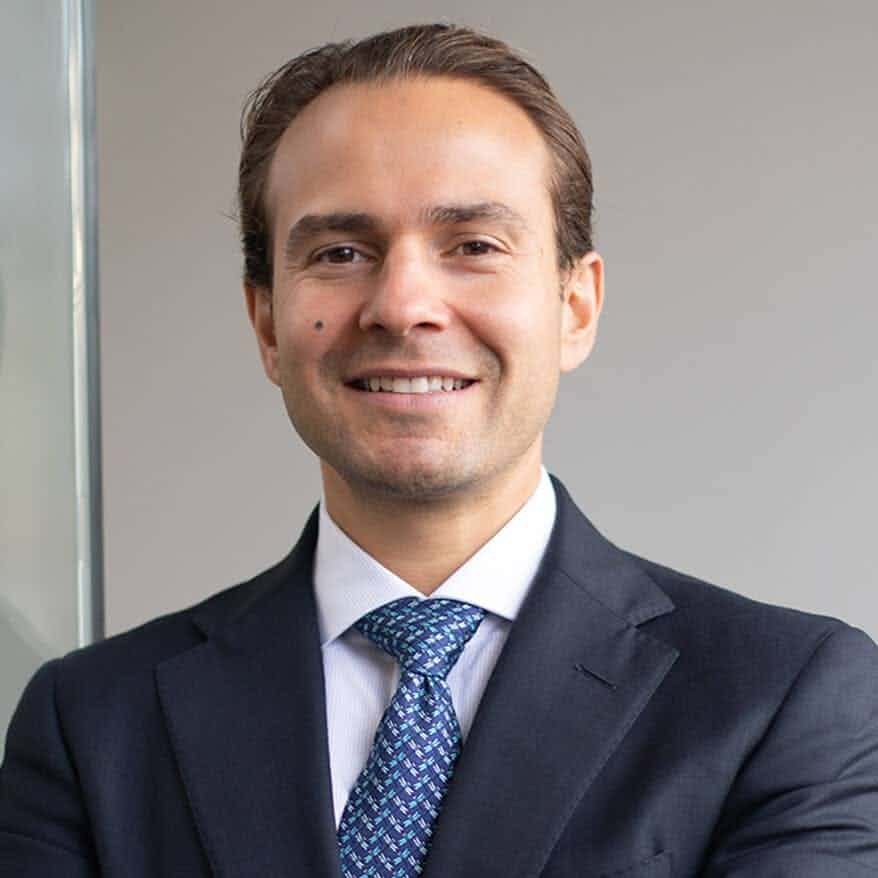This case involves a 37-year-old female patient who presented to her foot doctor complaining of throbbing pressure and pain in her right foot and heel. The patient underwent an osteotomy procedure to relieve chronic foot pain. However, the patient never improved from surgery and experienced continued chronic pain in the bottom of her foot and in her heel. On evaluation by another podiatrist, the first metatarsal head was noted to be quite prominent when the patient’s toe was extended to the MTP joint. The patient could no longer plantar flex her toe beyond parallel with the plantar aspect of the foot. It was determined at this point that the patient needed an additional surgery to correct the previous surgical intervention. The patient underwent a corrective procedure that included an extensive capsular release of the MTP joint and removal of plate and screws first metatarsal osteotomy. The patient still has an intrinsic residual minus position from injury to her flexor brevis muscle. She still has significant prominence under her first metatarsal head and has intermittent shooting pains that seem neuritic in nature.
Question(s) For Expert Witness
1. Was the first procedure conducted within the realm of the standard of care?
Expert Witness Response E-000500
Mild toe deformity is often treated with a procedure called a chevron metatarsal osteotomy. In this procedure, the metatarsal cut is made at the end of the bone closest to the tip of the toe, which is sufficient when the degree of toe bending is small. If the degree of bending is more severe, a Lapidus osteotomy or Myerson/Ludloff osteotomy might be performed. In these versions of the procedure, the cut is made closer to the base of the big toe. In all cases, once the bone has been cut and realigned, the bone is fixed into place with one or more metal screws to ensure that the bone heals in correct alignment. The screw typically stays in indefinitely, unless the patient is able to feel residual pain, which seems to be what happened in this case. The prolonged nerve damage this patient sustained is however not a common complication and may be below the standard of care.
About the author
Michael Talve, CEO
Michael Talve stands at the forefront of legal innovation as the CEO and Managing Director of Expert Institute. Under his leadership, the Expert Institute has established itself as a vital player in the legal technology arena, revolutionizing how lawyers connect with world-class experts and access advanced legal technology. Michael's role involves not only steering the company's strategic direction but also ensuring the delivery of unparalleled intelligence and cutting-edge solutions to legal professionals. His work at Expert Institute has been instrumental in enhancing the capabilities of attorneys in case preparation and execution, making a significant impact on the legal industry's approach to expert consultation and technological integration. Michael's vision and execution have positioned the Expert Institute as a key facilitator in the intersection of law and technology.



